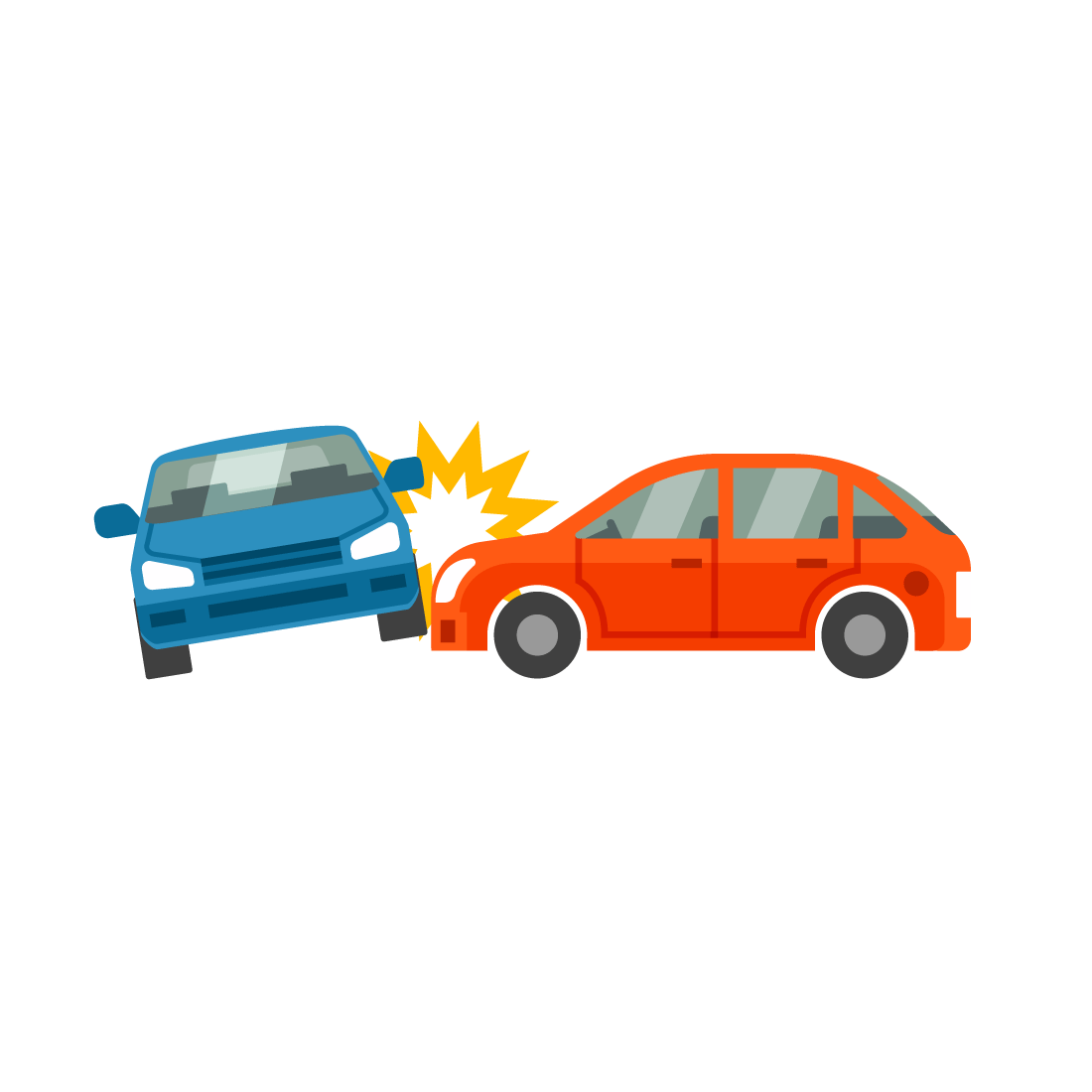Investigating Vehicle Manufacturers and Body Types
Does a vehicle's make and body type have an impact on fatalities resulting from a car accident? If trends can be seen in regard to this type of data, automotive engineers could study cars that perform well and/or poorly to investigate the differences between them and hopefully hone in on key components that make vehicles safe or not safe. Understanding how vehicle body types imfluence safety would be helpful in adjusting vehicle designs for different body types to correct for unsafe features. The following visualizations and discussion aid in investigating the impact of vehicle make and body type on safety. To start, Figures 16 and 17 show the total number of fatal car accidents occurring from 2000 to 2019 in which vehicles of different makers and body types were involved. In Figure 16, only the top ten most-frequently-involved vehicle makes are included. Then, in Figure 17, only the top twelve most-frequently-involved vehicle body shapes are included.
The numbers shown in Figures 16 and 17 should be evaluated with an err on the side of caution. This is because they show the total number of vehicles in each category, un-normalized by the total number of each of these kinds of vehicles on the road. For example, Figure 16 indicates that Fords had the highest number of fatalities. However, it would be incorrect to come to the conclusion that "Fords are the most dangerous types of cars" because Fords are one of the most common cars driven in the United States. Therefore, since there are more Fords driving on the roads, there will obviously be more involved in accidents in general. Therefore, before coming to any conclusions on a vehicle make or body types' level of safety, data on the total number of each make/shape of vehicle would need to be collected. Unfortunately, this data is not readily available and will therefore be unused in this study. Instead, the results of the Figure 16 and 17 above and Figure 18 below should be used as a source of initial understanding of what makes and shapes have been involved in fatal car accidents in the United States and as a launching point for further research into this area.
While Figures 16 and 17 showed individual breakouts of vehicle make and vehicle shape on their own, Figure 18 combines these metrics using a bubble chart to display the breakdown of body shapes of each of the top ten vehicle makes invovled in fatal car accidents from 2000 to 2019. Here, the size of the bubbles indicate the magnitude of fatal acccidents that each make/shape was invovled in. Again, this should not be interpretted as an indication of vehicle make/shape safety or danger.
from 2000 to 2019. The bubble size indicates the magnitude of cars of each category that were involved in fatal car accidents.
Several interesting findings are seen in Figure 18. First, one can see that for Ford, Dodge, GMC, and Chevrolet, the most fatalities occurred for Standard Pickup body types. For Nissan, Pontiac, Toyota, and Honda, the most fatalities occurred for 4 door sedans. For Harley Davidson, the most fatalities happened for motorcycles. And for Jeep, the highest fatality count was for the compact utility. All of these observations stand up to common understanding of the most common types of vehicles that each of these manufacturers make. Another interesting finding is that motorcycles made by Harley Davidson have nearly as many fatalities as the highest fatality counts seen for the top respective body type of Ford and Chevrolet. Again, while these observation are interesting, they must be taken as a launching point for future research due to the fact that there is not accessible data to indicate the number of registered vehicles in the United States for each body type and manufacturer. Furthe research into this area could provide very interesting information on safety of different vehicle makes and shapes.


